Introduction
Carbohydrates, in the form of mono-, oligo-, poly-saccharides, glycopeptides, glycolipids, glycosaminoglycans, proteoglycans, or other glycoconjugates, constitute the most abundant and
Cristina de Castro
Carbohydrates, in the form of mono-, oligo-, poly-saccharides, glycopeptides, glycolipids, glycosaminoglycans, proteoglycans, or other glycoconjugates, constitute the most abundant and

The coupling between Gas Chromatography (GC) and Mass Spectrometry is a powerful analytical method, having a very good detection limit,
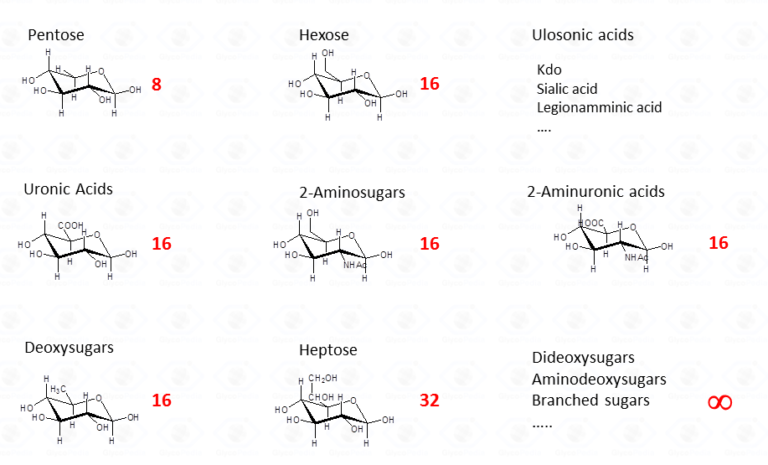
Many types of monosaccharides exist in nature, and they can be divided into different categories according to: (i) their nature
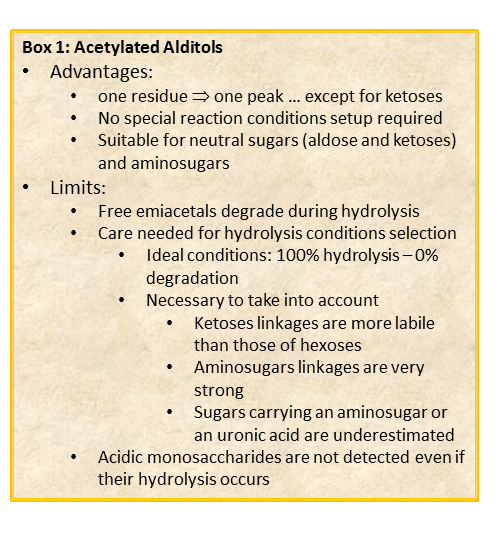
The chemical approach to produce these derivatives follows the scheme described below and experimental details are availabe elsewhere [link to
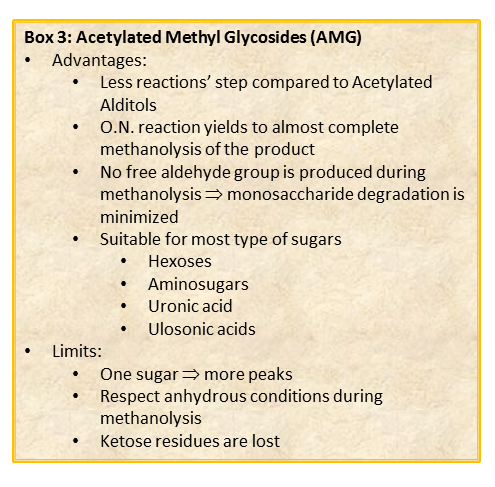
The chemical approach to produce these derivatives follows the scheme shown below shown, and experimental details can be found elsewhere
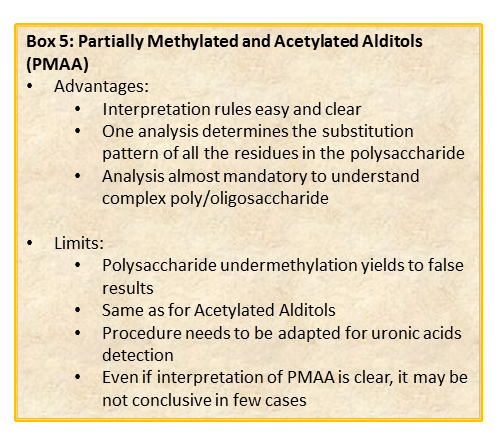
The chemical approach to produce these derivatives follows the scheme shown below. Experimental details can be found elsewhere [link to
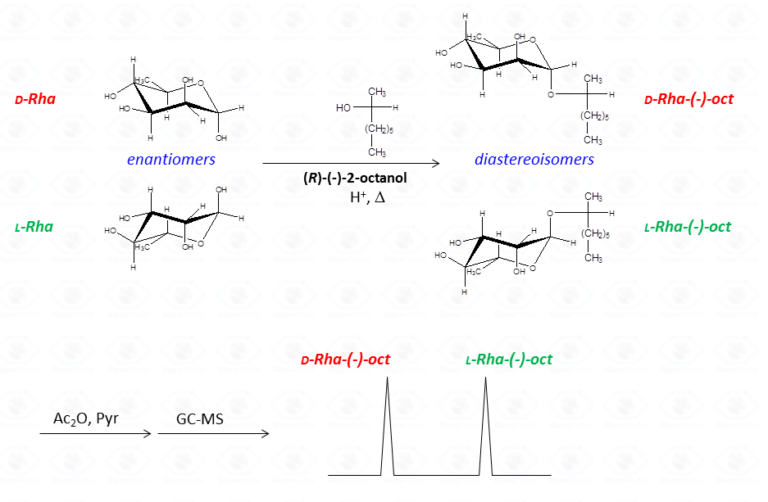
Analysis of these derivatives is a way to assess the absolute configuration of a monosaccharide unit. In nature, many monosaccharides
Experimental detail regarding the preparation of all the derivatives discussed in this review can be found in: De Castro C,
Cristina de Castro Dr. Cristina de Castro graduated in 1992 with honors and November 1993, she started her Ph.D. in